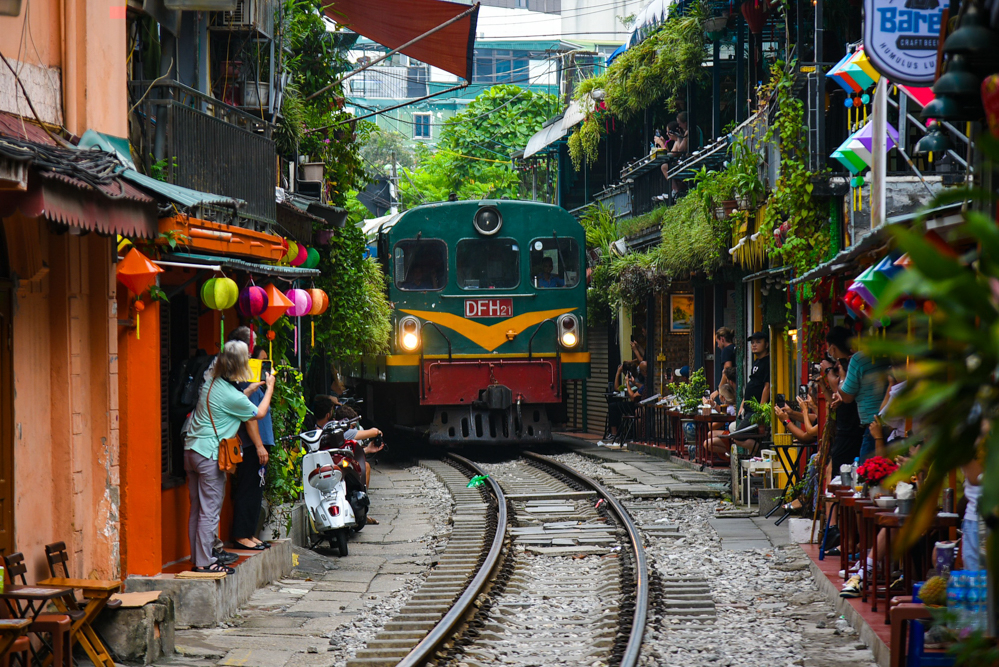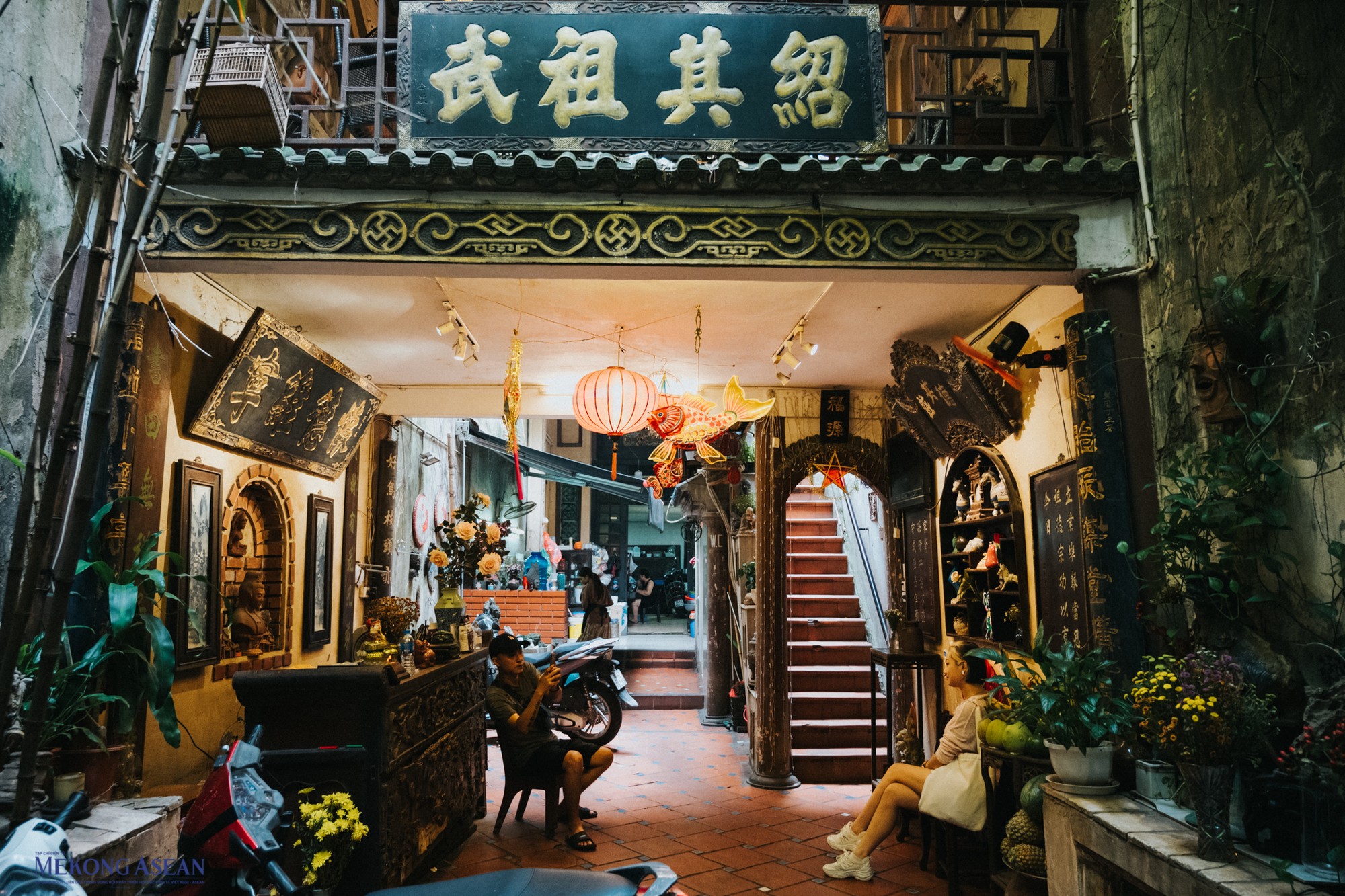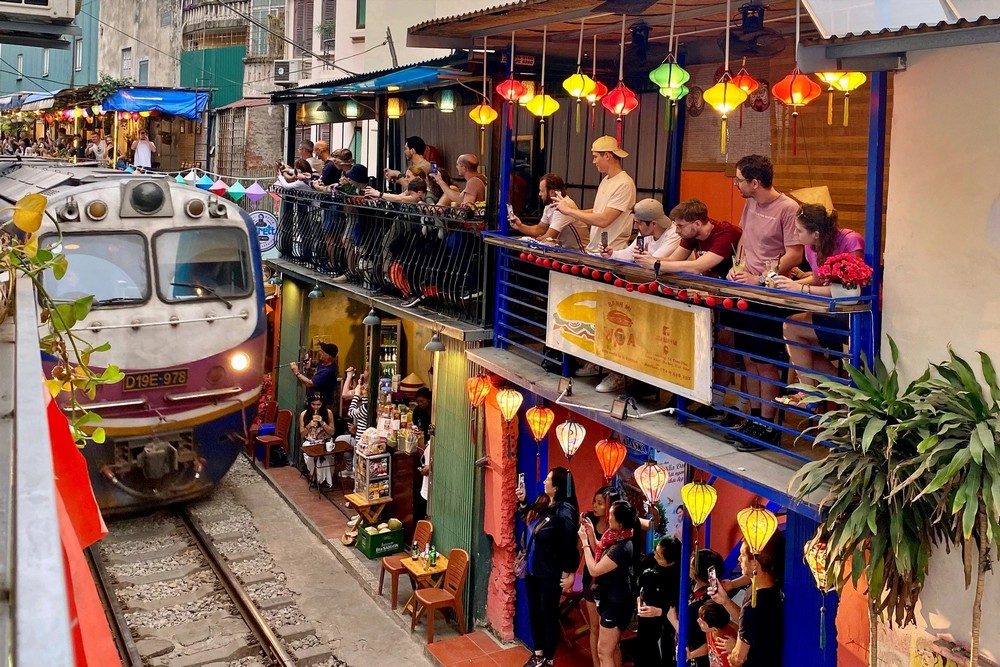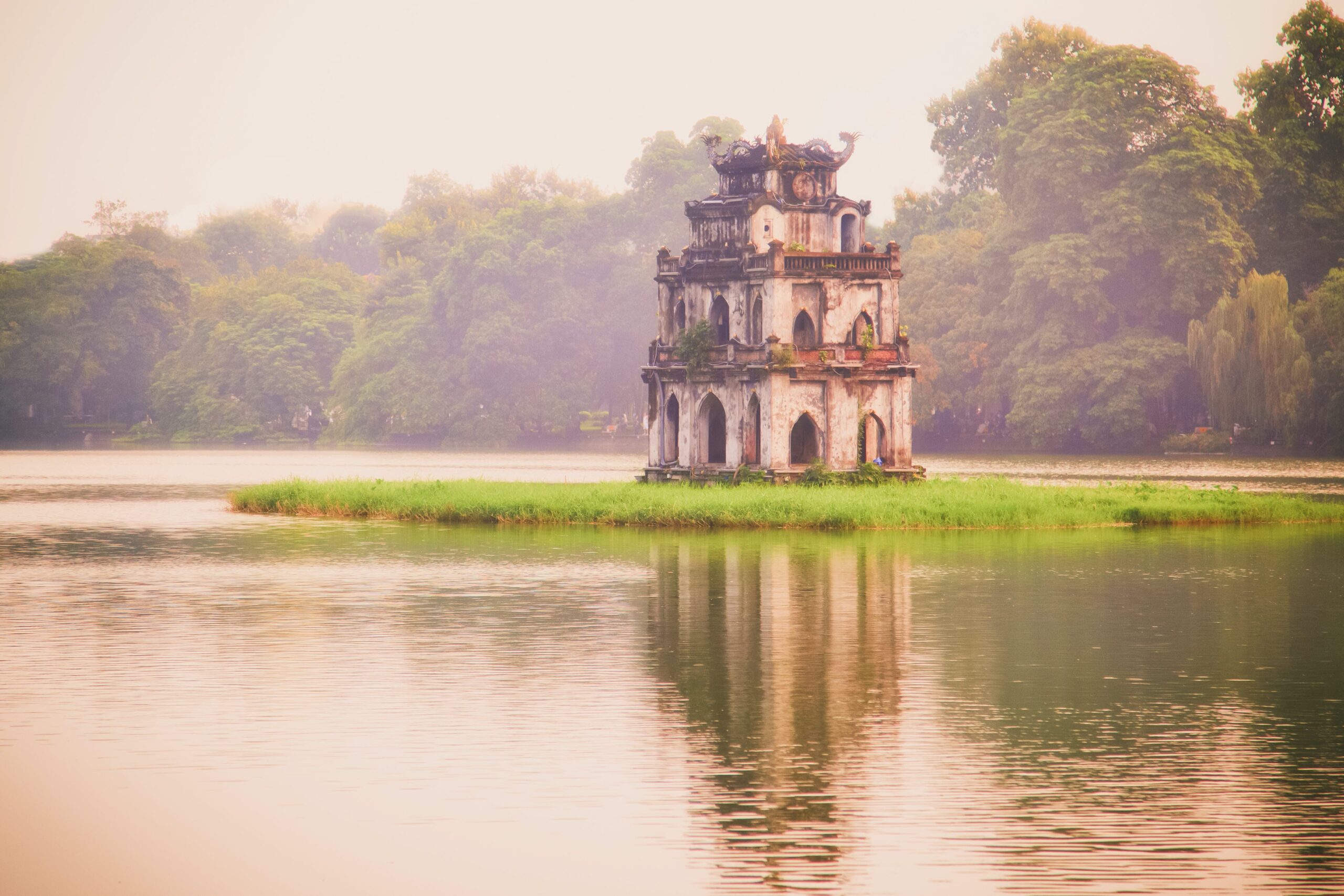
All Information Guideline About Hanoi Temple of Literature
The Temple of Literature is a precious historical relic in Hanoi, Vietnam. The complex offers a rich and diverse view of Vietnam’s history and culture since the 10th century.
We visited Hanoi not too long ago and spent an enjoyable afternoon exploring the place. Here’s our short guide to the Temple of Literature’s history, architecture, and travel tips.
History of the Temple of Literature
Temple of Literature – Quoc Tu Giam includes two main areas: Temple of Literature and Quoc Tu Giam. The Temple of Literature was built in August 1070 during the reign of King Ly Thanh Tong and was dedicated to Confucius and famous scholars.
Meanwhile, in 1076, King Ly Nhan Tong built Quoc Tu Giam (Quoc Tu Giam) exclusively for the king’s descendants and noble families. The school is considered the oldest university in Vietnam, symbolizing the tradition of studiousness of the Vietnamese nation.
In 1253 under King Tran Thai Tong, Quoc Hoc Academy was expanded and included the children of commoners with outstanding academic abilities.
In 1484, King Le Thanh Tong organized an exam and erected a stele in recognition of those who passed doctorates.
Under the Nguyen Dynasty, another Royal Academy was built in Hue when they moved the capital there. Since then, the Temple of Literature has been repaired, restored, and preserved.
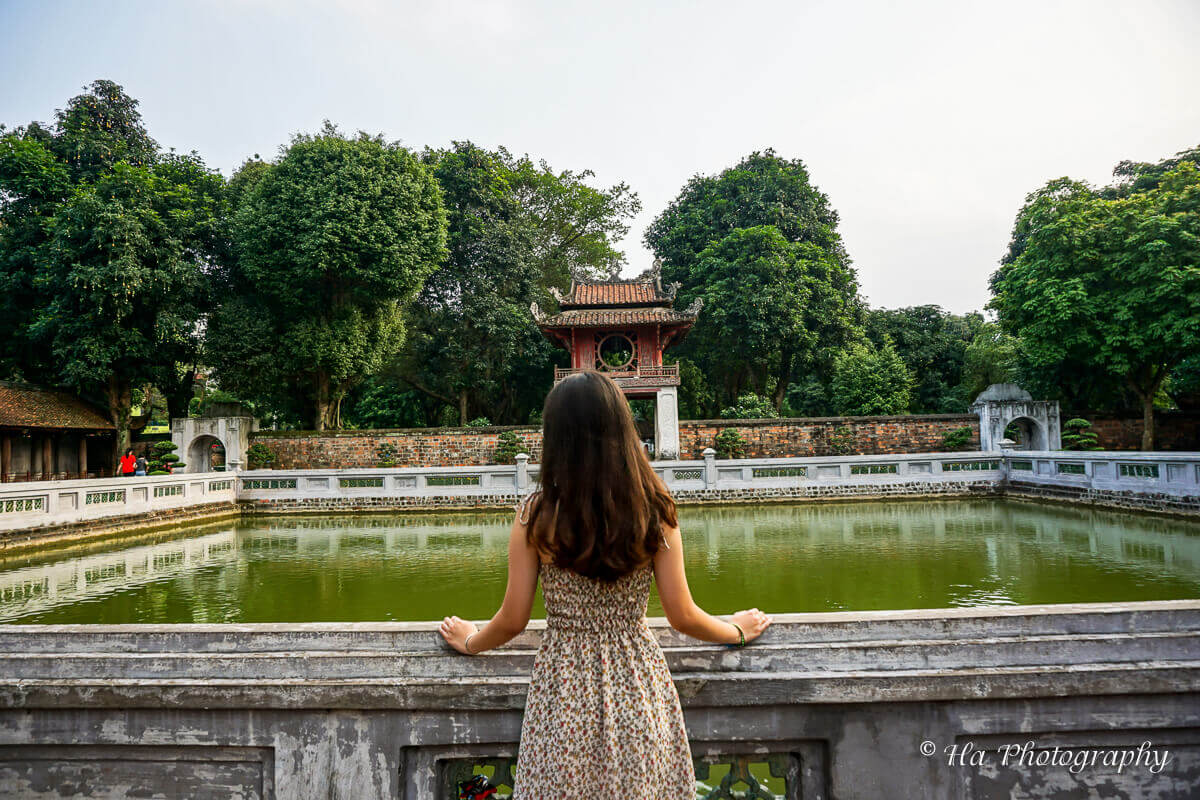
Considered the first university of Vietnam, the Temple of Literature is a famous historical relic of Hanoi, which contains the quintessential cultural values of the period.
Architecture
The Van Mieu – Quoc Tu Giam relic complex is now located in an area of more than 54000m2, including many different small architectural works.
The entire rest is separated from the outside space by ductile bricks. And the interior is divided into five layers of space, where each layer has different structures.
After many renovations, this relic complex includes Ho Van, Van Mieu Gate, Dai Trung Mon, Khue Van Cac, Thien Quang Well, Doctor’s Stele, Dai Thanh Mon, and Thai Hoc House.

Things to see at the Temple of Literature
Over more than a dozen centuries, the Temple of Literature still retains its ancient appearance with many precious architectural works. The complex is divided into five zones and each area has a partition wall and gate.
See more: casinos in Ho Chi Minh City
Van Mieu Mon
Our journey begins at the gate of the Temple of Literature, a two-story gate with three doors. The upper floor has three characters indicating the name “Van Mieu Mon” in ancient Chinese characters.

Dai Trung Mon
After the Temple of Literature gate, we proceed to Dai Trung Mon, the second gate of the Temple of Literature.
The gate consists of 3 compartments, built on a high brick foundation, and roofed with tiles in the style of an ancient communal house.
Before and after Dai Trung Mon is a large space with trees and parallel small streets creating a feeling of depth, luxury, and peace.

Khue Van Cac
The second area has Khue Van Cac – an architectural work built in 1805 under the Nguyen Dynasty. The pavilion has two floors, with the attic built on a square platform with a width of 6.8 meters on each side.
Its wooden architecture with a red tile roof overlaps two layers, forming a distinctive 8-roof construction. In addition, the four sides of the attic wall have round windows that represent the image of the shining star.
Khue Van Cac is the place where Confucian scholars gather to critique the literature of their students. With its unique architecture and symbolic meaning for Vietnamese literature and education, Hoi Dinh was chosen as the symbol of Hanoi city.

Thien Quang Well
After Khue Van Cac, we visited Thien Van Well. On either side of the well are two rows of large steles about examinations from 1442 to 1779.

Each stele is a unique work of art and has great spiritual significance. Specifically, 82 doctoral steles on the back of a stone turtle recognize and honor 82 candidates who passed the examinations of Vietnamese feudal dynasties.
In addition, on each style, you can also see the information of the doctor who passed the academic year that year. In addition, there is information about the faculty, the dynasty, and the educational philosophy of that period.
See more: Hanoilaundry.com

Dai Thanh Mon
Stepping through Dai Thanh Mon, we came to a large courtyard paved with Bat Trang tiles leading to the center of the Quoc Tu Giam relic site. We saw the temple – Dai Bai Duong where there is the Ceremony Hall and the Temple of Confucius.

Thai Hoc Hall
On the fifth yard, we explored the Thai Hoc building and the classrooms. Altars are honoring famous professors on the ground floor and ancient kings upstairs.

Wandering outside the main hall, we found the drum on the left of the building and the Bich Ung bell on the right. Both show the solemnity and majesty of the complex.
Opening hours, ticket prices to the Temple of Literature
The Temple of Literature is open every day of the week, including weekends and holidays. Opening time is 7:30 am in winter, 8:00 am in other seasons, and closing time is 18:00. The ticket price to visit the Temple of Literature is 20,000 VND for adults and 10,000 VND for children.

